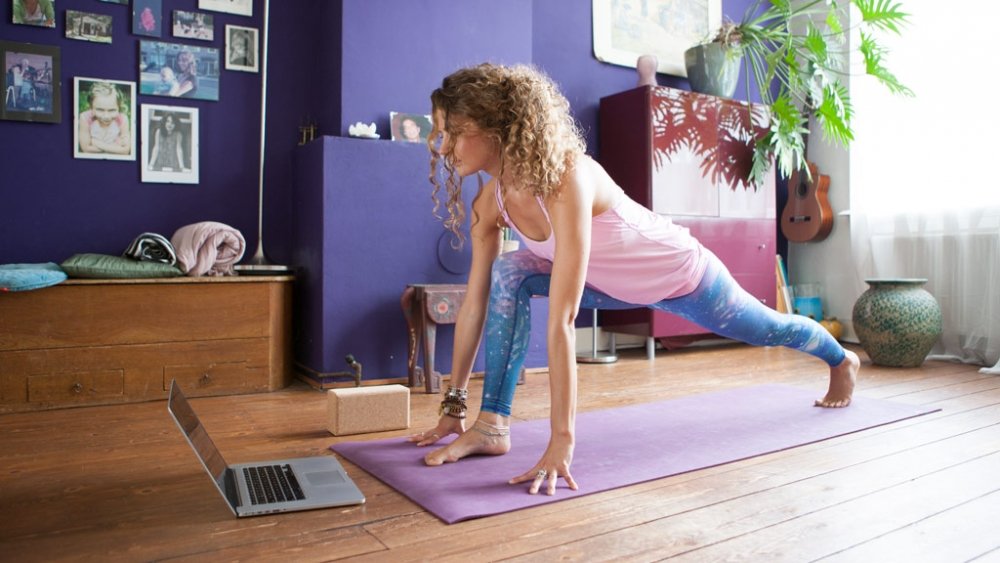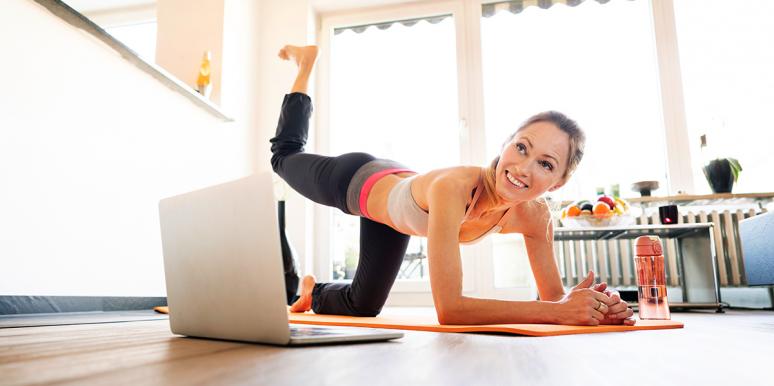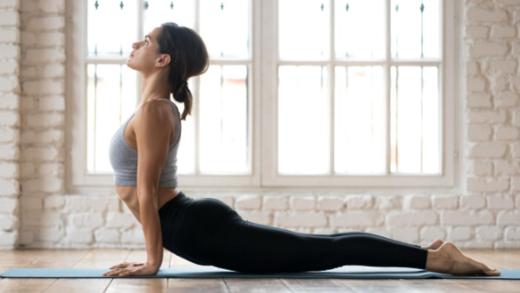
Yoga for immunity is a good way to maintain your health year-round. Your body adapts to the new germs it encounters in the environment. The immune system fights these germs by producing antibodies and by removing harmful substances from the body. You are more likely to get sick and develop a fever if your immune system is weak. Yoga for immunity does not only involve moving and stretching, but also relaxing your mind and body.
There are many types of yoga poses that can be used to increase immunity. Some are designed to increase blood circulation, strengthen the arms, improve the digestion, and reduce stress. Others help to boost the immune system by improving the body's ability fight infection and relaxing nervous system.
Vrikshasana (lifting the right leg) is one of the most effective yoga poses for immunity. This pose helps strengthen the hips, strengthens the legs, and improves blood circulation. It provides stress relief as well as improving the flow and quality of white blood cells.

Sukhasana is another excellent yoga pose for immunity. This pose helps to improve blood circulation in the head and neck. This pose also relaxes your spine and reduces stiffness between your shoulder blades. It is also used as a traditional meditation posture. This pose helps to eliminate unwanted thoughts and stress. Additionally, it improves white blood cell flow. This pose can also be used to boost energy and increase inner power.
Practicing yoga for immunity involves stretching the body and breathing exercises. The best yoga postures for immunity increase the immune system's strength, and help it fight infections. These 9 poses are considered to be the most effective. These yoga asanas require you to hold the position and breathe deeply. It is important that you practice these poses slowly, without straining. The poses should be practiced at the very least twice per day.
Yoga for immunity poses help with stress reduction and depression. Stress is a leading cause of many health problems. Stress can also lead to obesity and increased risks of cardiovascular disease and diabetes. This pose is also good for cleansing the digestive tract. This pose is connected to the body and mind by the breathing technique. This breathing technique improves oxygen flow and eliminates toxins.
Yoga for immunity is also a great way to strengthen your muscles and relax your nervous system. The poses are also said to improve metabolism. The yoga asanas help strengthen the back and abdominal muscles, spine, joint, and other joints. They increase flexibility and relieve stress. They can also be done by anyone, even beginners.

The ancient yoga technique of breathing connects the body with the mind. This technique aids in aligning the body's movement, and helping to eliminate toxins. It also helps to balance the mind's fluctuation.
Yoga for immunity is not the only exercise you can do. A good diet helps to keep your body healthy and to increase your immune system. Modern medicine helps fight illness.
FAQ
What happens to your body if you do yoga every morning?
You feel relaxed, calm, and centered. It can improve your posture, balance, flexibility, and overall health.
You become more aware of your body and how it feels when you move. This awareness makes you more mindful and conscious of yourself.
Yoga can improve your concentration.
Your mind will become sharper and more clear. It calms the nervous system. It helps to reduce stress levels. It gives you a feeling of well-being and peace.
As a beginner, can I practice yoga every day?
Yoga is an excellent way to strengthen and stretch your body. Yoga can help you relax and let go of stress. To start yoga regularly, you don't need to be an expert. For beginners, yoga should be practiced for 20 minutes at least three times per week.
This is enough time for you to get started. After that, you can gradually increase the time you spend practicing.
How much yoga can you take?
It's important that you remember yoga isn't a sport. There is no limit to how many times you can do before you get tired. Instead, you should enjoy the experience and slow down.
If you make a mistake once in while, don't be discouraged. Just pick where you left off the next time you get the chance.
You can start by doing 10 to 15 minute sessions, then build up to more advanced classes.
What length of time do yoga classes last for?
Yoga classes usually last anywhere from 45 minutes up to 90 minutes. Some teachers offer shorter sessions or longer sessions during the week.
Are yoga mats necessary?
Not necessarily. Many studios offer mats for students. These mats are typically made of rubber and easy to clean.
You may also choose to purchase your mat. A high-quality mat will last many years.
Statistics
- About one in seven U.S. adults practiced yoga in the past 12 months, according to a 2017 national survey. (nccih.nih.gov)
- Lock in 25% off your Founding Member rate. (corepoweryoga.com)
- According to the Agency for Healthcare Research and Quality, falls are incredibly common among older adults in nursing facilities. Even the simplest ones can increase the risk of death (24). (healthline.com)
- Gentle yoga has been shown to ease some of the discomforts of tender, swollen joints for people with arthritis, according to a Johns Hopkins review of 11 recent studies. (hopkinsmedicine.org)
- In comparison, a 125-pound person is estimated to burn 135 calories in 30 minutes of walking (at a pace of 15-minute miles) and 210 calories bicycling at a moderate pace on a stationary bike. (everydayhealth.com)
External Links
How To
Is yoga a good option for menopause symptoms?
Yoga is an ancient practice that originated in India and focuses on stretching, breathing, and meditation. It has been used over thousands of year to stay fit. Recently, it has become increasingly popular as people seek alternative ways to keep healthy and active during periods of stress and illness.
Yoga is based around using physical postures (asanas) to stretch muscles, improve posture and increase flexibility. This helps relieve tension as well as build strength and stamina.
There are also many different types of yoga, including Ashtanga, Hatha, Vinyasa flow, Bikram, etc. Each type is focused on different aspects of the human body, such relaxation, breath, stretching, or breathing.
All forms and types of yoga seek to attain balance within the body, mind and spirit. Yoga benefits include better fitness, better sleep quality as well weight loss.
Several studies have shown that yoga may be beneficial for treating conditions such as depression, anxiety, and insomnia. But, it is difficult to prove its effectiveness for other health problems such as menopause symptoms.
Yoga can help you feel happier and healthier, as well as teach you how to relax in stressful situations. This could be very helpful for menopause.
It is important to note that yoga can cause muscle soreness after exercise, so starting at a low-intensity level is wise. Your doctor should be consulted if you have questions or concerns about your health.